Can the Electric Company Tell If I Steal Power
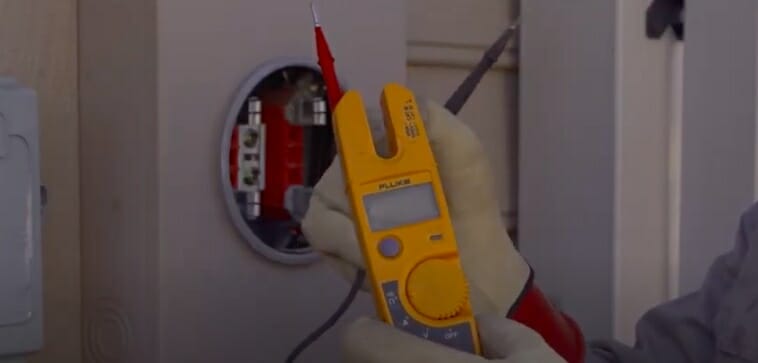
Electric companies are constantly plagued by issues concerning power theft in rural and urban areas.
Electric companies can typically pinpoint instances of electricity theft. They use certain detection systems to monitor for any signs of foul play. Once detected, the electric company may send a team of technicians to verify the presence of electricity theft in an area.
Electric companies continuously improve their detection systems by adding intelligent systems and devices.
We’ll go into further detail about these systems below.
Detection Systems Used by the Electric Company
Each power company has its detection systems that constantly monitor foul play.
Possible sources of foul play are reduced voltage output, strange electric meter readings, and unknown cable connections. The company can investigate nearby electric meters and poles further if these suspicious activities are reported. This is done to prevent damage to the power grid and power supply from overload due to electricity theft.

Electric companies use two main systems to detect electricity theft.
Traditional monitoring is the most common method used by a power company to detect electricity theft. Company technicians are always looking for illegal cable hookups and strange devices. The company can issue an investigation on nearby electric meters and poles if any foul play is reported.
Traditional monitoring is often paired with advanced systems to improve the detection system.
To improve their detection system, many electric services and companies have implemented new monitoring technology for their power grids. These new technologies are generally implanted in electrical grids or electric meters. They let electric companies detect whether an individual or group is stealing electricity from them.
Traditional Electricity Theft Detection
Traditional electricity theft detection relies on a team of electrical technicians to monitor suspicious activities.
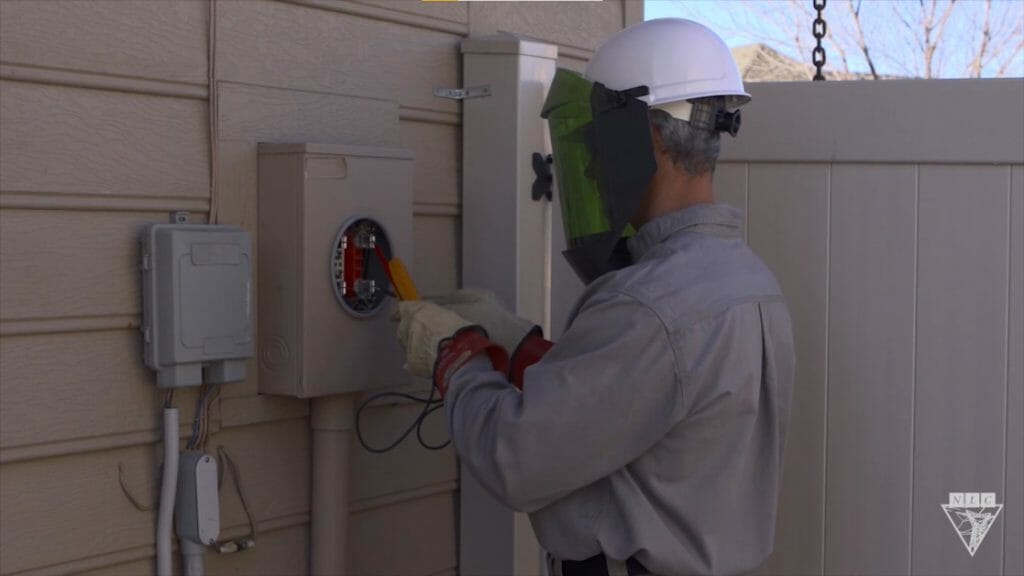
The technicians check electric meter readings and manually calculate and analyze the data. Inside an electric meter are the watt-hour gauge (which records electricity consumption rates) and the low-voltage outlet (which records any unusual voltage output). Sudden spikes in electricity consumption and consistent low voltage are all signs of possible electric theft.
Any alarmed household consumer can report suspicious readings and bills to their electricity provider. They address these concerns by checking nearby electric poles, meters, and other electrical connections and by looking for illegal cables and strange devices on electric grids and poles.
Technicians are trained to recognize official wirings used by the utility company. Any illegal connections and devices they see are promptly reported to the company. The connection is investigated and will be immediately cut. Electric companies will then take legal action against any party or group guilty of stealing electricity.
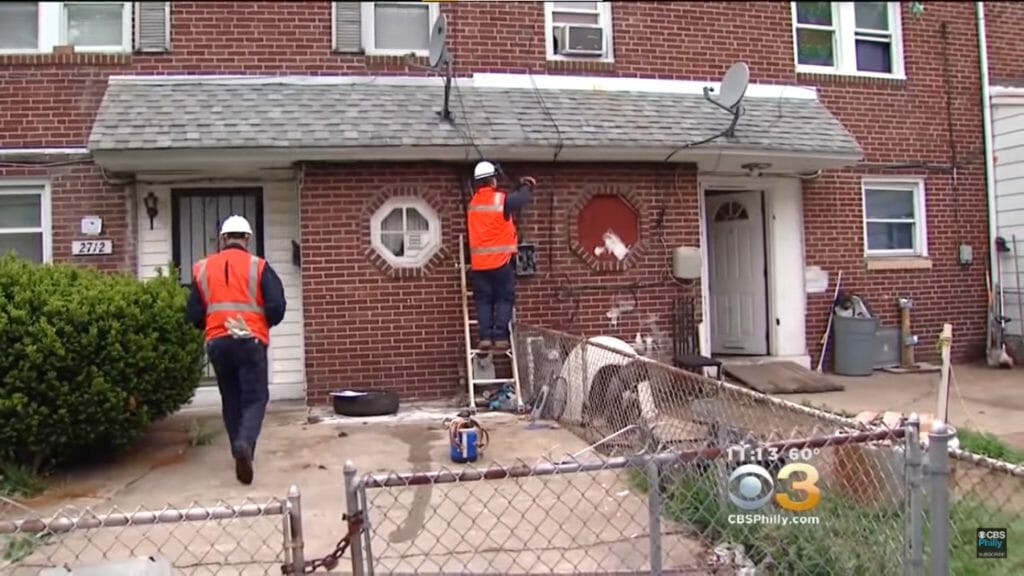
The main issues with traditional detection are its inefficiency and human error.
Technicians rotate on a fixed schedule to perform a foul play check. This means that they can only monitor small areas at a time. While reports from the household are invaluable in pinpointing electrical theft, they can also result in false positive reports.
Moreover, technicians must be trained to recognize the signs of foul play. Inexperienced technicians may obliviously overlook or falsely report signs of electrical theft.
Current traditional monitoring has improved by adding technologically advanced systems.
Intelligent Electricity Theft Detection
Intelligent detection systems are currently the most accurate and dynamic monitoring systems around.
Centralized power consumption data processors are the most popularly used intelligent detection system. These processors use powerful algorithms to analyze recorded electrical data to detect electricity theft.
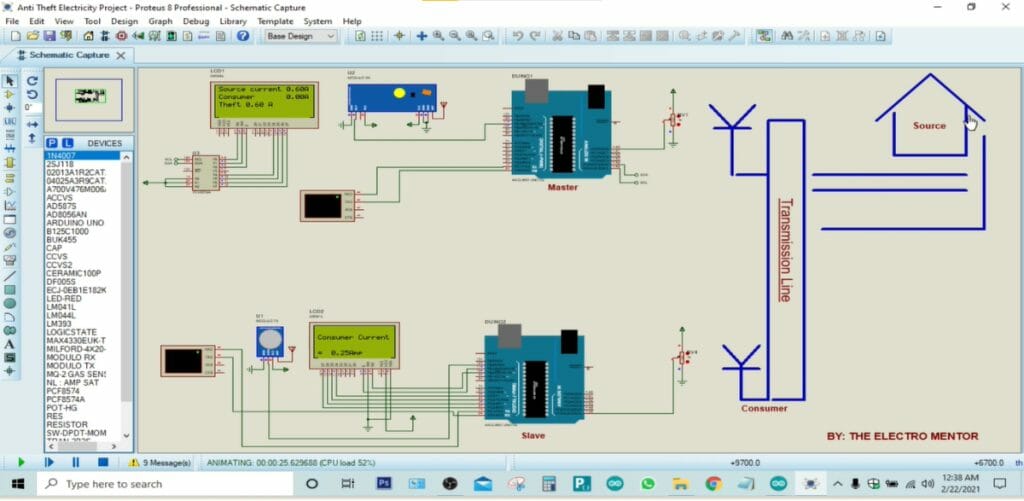
The algorithm used by intelligent systems looks for abnormal values in the collected data.
The system detects abnormal values by comparing the collected data with “model data.” This model data is a programmed collection of standardized voltage, current, and power factor values. The system will alert for possible electricity theft if the collected data is inconsistent with the model data.
Intelligent detection systems require extensive resources and constant updates.
Large-scale implementation of smart electric meters is a key part of intelligent detection systems. This consumes considerable resources in terms of capital and workforce. In addition, it is necessary to update the model data of the system constantly. Outdated model data can cause the system to misread the collected data and return an incorrect report.
Intelligent systems’ findings still need to be verified through traditional detection systems.
Intelligent systems can still return incorrect reports. It is necessary to verify any flagged possible electricity theft through on-the-field technicians. They will investigate the suspected area for any evidence of foul play. This is still necessary because signs of electricity theft can overlap with other electrical issues. For example, a voltage drop can signify an electrical leak (damaged wiring) in a certain area.
The best electricity theft detection system combines intelligent and traditional systems.
Electric services can fully rely on this combination to report and verify suspected power theft cases. Furthermore, it can easily cover multiple large-scale power grids.
Smart Electric Meters
A utility company may rely on smart electric meters to monitor households individually for electricity theft.
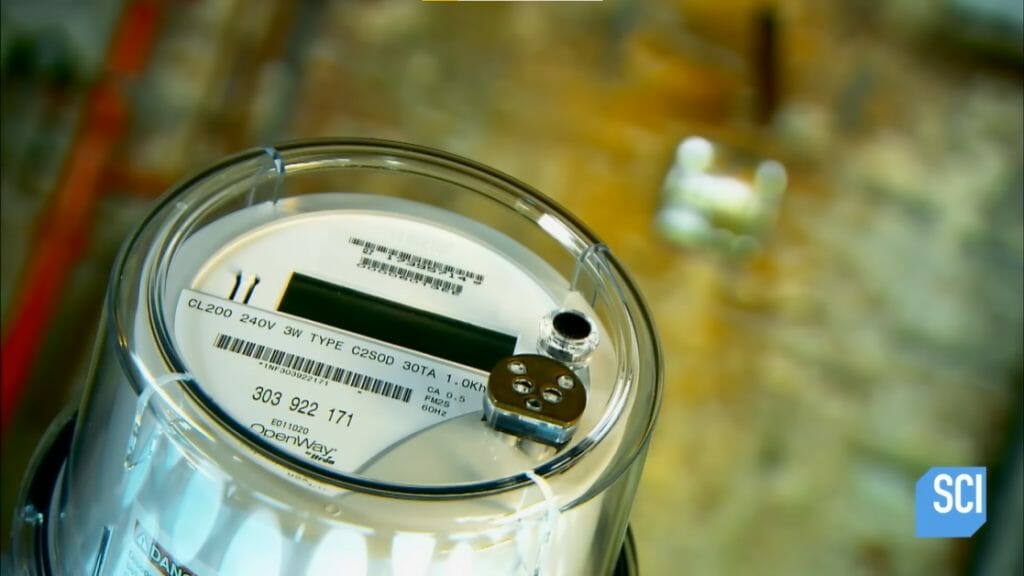
Smart electric meters record and send real-time electricity consumption data to electric companies. In addition, they can also inform the company whether a power outage or voltage leak is present in your area. This allows them to dispatch technicians to address the concern quickly.
Signs of electricity theft are reflected in the recorded data of smart electric meters.
A typical smart electric meter can’t monitor these signs. However, since real-time data is sent to power companies, they can pass over the data to intelligent systems or a team of technicians for further analysis. They check the recorded data and confirm whether it matches the signs of electricity theft.
Many electric companies and utilities are pushing the required usage of smart electric meters. This provides them with immediate and accurate data. Furthermore, it lets them monitor for electrical theft in real-time.
Take a look at some of our related articles below.
- Voltage drop test alternator
- How to test a low-voltage transformer
- How to test PC power supply with multimeter
Video References
Interesting Recapped
Northwest Lineman College
CBS Philadelphia
Electro Mentor
Science Channel
